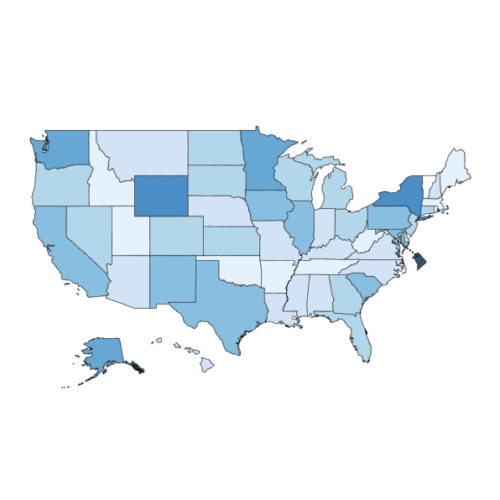Report Card for America’s Infrastructure: Schools
Every four years, the American Society of Civil Engineers (ASCE) publishes a wide-ranging assessment of U.S. public infrastructure, assigning A-to-F grades to the nation’s roads and transit systems, drinking water supplies, energy systems, broadband networks, and other essential components of the built environment – including our school facilities. The 2025 Infrastructure Report Card assigns the nation’s 98,000 PK-12 schools a grade of D+.
While the Report Card draws on reports from a variety of federal, state, and local sources, a key finding is the lack of comprehensive national data about school facilities, especially about their physical condition and capital needs. Expanding and coordinating data collection among the states is one of ASCE’s recommendations for improvement. (Michigan and Tennessee are noted for their relatively robust efforts to understand the condition of their schools).
Nonetheless, drawing on available evidence and scholarly estimates, the Report Card offers a vivid overview of the state of America’s school facilities, dotted with examples of states and local districts that illustrate common challenges and promising practices. Findings include:
- While a need to expand school capacity is keen in a handful of states, mainly in rural areas, in much of the country the need is to upgrade or replace existing facilities.
- At an average age of 49 years, the nation’s schools are pushing the limits of their “design life.” Yet, fewer than half the schools have been significantly renovated since they were built.
- The most common and critical area for improvement is in schools’ HVAC systems, especially their cooling functions, as hot days are increasingly frequent at the beginning and end of the school year.
- Investment in facilities accounts for less than 10% of overall spending on PK-12 public schools, and such investment is skewed toward new construction. Long-deferred maintenance ends in districts replacing buildings that have become dilapidated and hazardous.
- Still, public support for investment in school facilities is generally strong, as more than three-quarters of local spending measures were approved in 2024. The District of Columbia is cited as a model of long-term and effective investment in facilities modernization.
Topics
Format(s)
- Website



